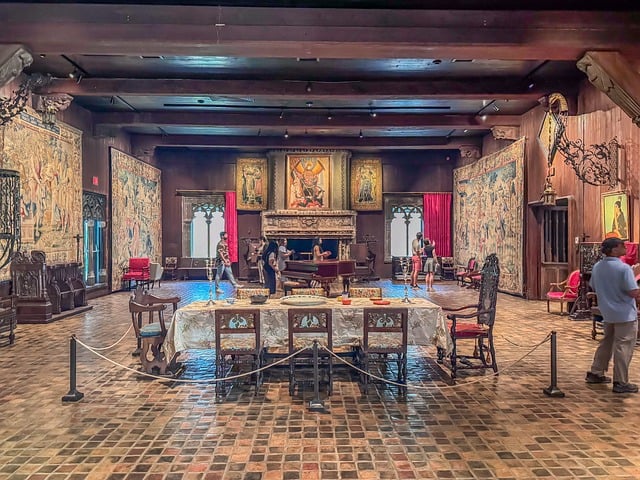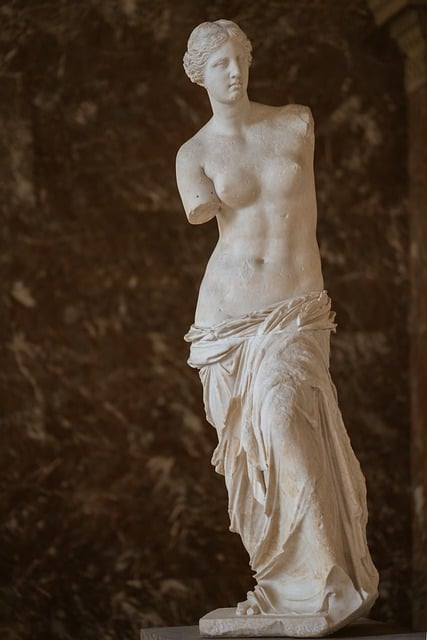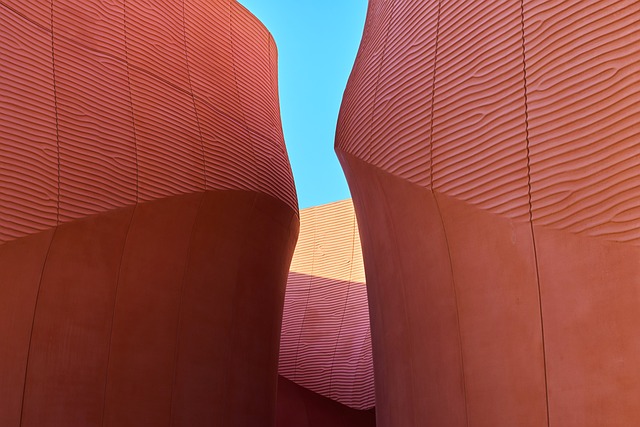Unlocking Artistic Wonders: Your Personal Museum Art Guide
The world of art is as vast as it is captivating, offering a wide array of styles, mediums, and historical contexts. Museums serve as portals to this enchanting realm, presenting opportunities to explore diverse artistic expressions that have shaped cultures and societies through the ages. But navigating these galleries can be overwhelming, with countless pieces demanding your attention. This guide is crafted to assist you in unlocking the artistic wonders within museum walls, providing insight and strategies to enhance your experience as you engage with masterpieces from around the globe.
The Importance of Museums in Our Lives
Museums are more than just repositories for artistic work; they are vibrant spaces that foster creativity, learning, and cultural exchange. Within their walls, visitors can witness the culmination of human expression, innovation, and aspiration. Museums often serve multiple purposes, including:
- Education: They offer educational programs that deepen understanding of artistic techniques, historical contexts, and cultural significance.
- Preservation: Museums play a crucial role in preserving artworks for future generations, ensuring that history’s treasures are safeguarded.
- Community Connectivity: Museums provide platforms for community engagement, spotlighting local artists and hosting events that encourage dialogue around artistic expression.
- Inspiration: Exposure to art stimulates creativity and can influence personal and professional endeavors.
Preparing for Your Museum Visit
To make the most of your museum visit, preparation is key. Understanding what to expect, how to approach the experience, and the tools you can use will elevate your engagement with the art you encounter.
Research the Museum
Before setting foot inside a museum, take some time to research its key exhibitions, featured artists, and permanent collections. Many museums provide online resources, including artist profiles, exhibition previews, and articles that contextualize the works on display. Being familiar with notable pieces can make your visit more meaningful and enjoyable.
Plan Your Route
Modern museums can be expansive and filled with myriad distractions. Develop a plan prioritizing specific exhibitions or works of art that intrigue you. Allocate your time accordingly, allowing for moments of spontaneity to explore unexpected delights.
Engage with Museum Resources
Museums often offer visitor guides, audio guides, or mobile applications to enrich your experience. These resources provide in-depth information about individual pieces and the stories behind them, transforming your visit into a more engaging tour. Take advantage of guided tours, when available, as they are often led by knowledgeable docents or curators who can illuminate aspects of the art often overlooked.
Connecting with Art: The Viewing Experience
Once you are in the museum, embrace the opportunity to immerse yourself in art. The way you interact with the artworks can deeply impact your understanding and appreciation of them.
Slow Down and Observe
In an age defined by rapid consumption, it is easy to rush through gallery spaces without truly experiencing the art. Instead, choose deliberate engagement by spending time with each piece. Observe details such as brush strokes, color palette, and composition. Let your eyes roam the canvas or sculpture, appreciating the subtleties that can evoke emotions and convey messages.
Engage Your Senses
Art is not solely a visual experience. Consider how the medium, texture, and even the spatial arrangement of pieces affect your perception. Some sculptures invite touch (where permissible), while multimedia installations might incorporate sound and movement. Embrace a holistic sensory approach to deepen your connection with the art.
Ask Questions
Every work of art comes with its own story. Engaging with docents, museum staff, or fellow visitors can lead to fascinating discussions that enrich your understanding. You might also jot down questions that arise during your visit for later research, fostering ongoing engagement with the art long after you leave the museum.
Reflect and Journal
Take time to reflect on the artworks that resonated with you. Consider carrying a journal or sketchbook to note thoughts, emotions, or even sketches inspired by what you’ve seen. This practice can help solidify your connection and may influence your own creative endeavors.
Art as a Dialogue: Understanding Context and Meaning
Understanding the context in which an artwork was created is vital to grasp its significance fully. Art is often a reflection of societal values, personal experiences, and historical moments.
Historical Context
Consider the time period in which the artist lived, as well as the social and political climate. For instance, artworks created during movements such as the Renaissance, Impressionism, or Modernism each carry distinct philosophies and approaches to representation. Learning the history behind the art can unveil the narratives and themes that permeate the work.
Artist Background
Understanding an artist’s background, influences, and intent can significantly impact your interpretation of their work. Many artists draw from their personal experiences, cultural backgrounds, and artistic peers. Take time to explore their lives to illuminate the motivations behind their creations.
Thematic Connections
Every artwork can be viewed through the lens of various themes—identity, race, gender, nature, and technology, to name a few. Recognizing these themes not only enriches your understanding but also allows for connections to broader societal issues. It encourages you to consider how art can spark conversations around crucial topics and move hearts and minds.
The Joy of Interaction: Finding Community in Art
Museums serve as communal spaces for art lovers and casual visitors alike. Building a sense of community around art appreciation enhances your experience and supports the culture of artistic inquiry.
Participate in Events
Many museums host a variety of events such as lectures, workshops, openings, and interactive installations. Engage actively by joining these events to deepen your appreciation and foster connections with other art enthusiasts, artists, and scholars. Your presence can contribute to the lively dialogue that art generates.
Share Your Experience
Incorporate the art-viewing experience into your social life by inviting friends or family to join you in exploring exhibitions. Share thoughts, and insights, or even start online discussions about the art that moves you. Creating a space for exchanging perspectives can enhance both your enjoyment and understanding of art.
Support Local Artists
Beyond formal museums, seek opportunities to engage with local artists and galleries. Participate in art walks, fairs, or workshops that celebrate community talent. Supporting local artists nourishes the broader artistic ecosystem and enriches your awareness of diverse artistic practices.
Art Beyond the Museum: Expanding Your Exploration
Your journey through art does not end at the museum doors. Explore new artistic experiences that can complement and enrich your museum visits. Consider the following avenues:
Travel and Explore Art Worldwide
Art is a universal language that transcends borders. Recognize that great art exists beyond the confines of traditional museums. Traveling to see architectural wonders, street art, or festivals dedicated to art provides new perspectives and insights into cultural narratives globally.
Embrace Digital Art Platforms
In an increasingly digital age, access to art extends far beyond physical spaces. Many museums offer virtual tours and online exhibits, allowing you to explore masterpieces from the comfort of your home. Social media platforms also provide an avenue for discovering emerging artists and engaging with artistic content from around the world.
Engage with Art Education
Consider enrolling in classes or workshops focused on art history, criticism, or hands-on creation. Such education can enrich your experience with art and provide tools for critical and nuanced interpretation of artworks.
Conclusion: Embracing the Journey Through Art
Embarking on the journey of art appreciation is a multifaceted experience filled with discovery, reflection, and connection. Your museum visits can become transformative experiences that inspire, provoke thought, and foster creative expression. By entering with purpose, engaging deeply, and reflecting personally, you unlock the artistic wonders that lie within these cultural sanctuaries. So take your time, immerse yourself in the stories, and enjoy every brushstroke and sculpture. The world of art eagerly awaits your exploration.


